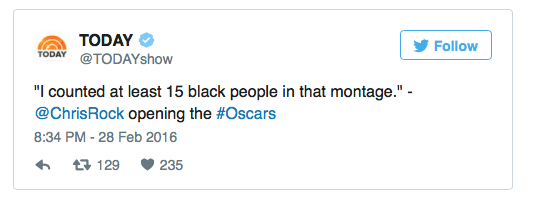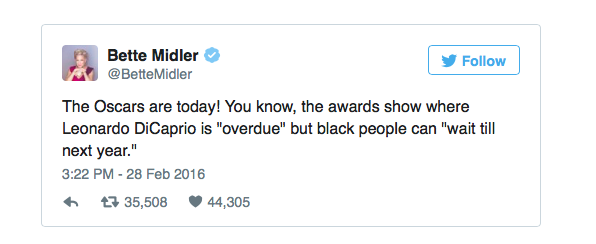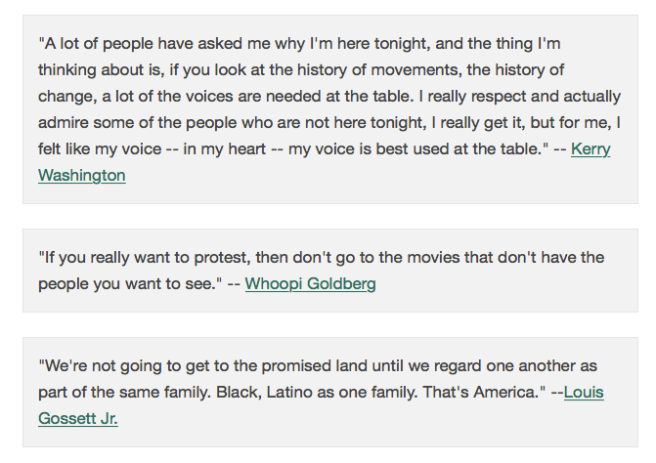1. Creative Brief
Agency: Lewis Marketing Client: Wyndham Vacation Ownership
Product: Timeshare
Why are we advertising?
We are advertising to increase product awareness and educate the target audience. Advertisements will also be used to increase credibility. Current owner families can provide brief stories on why they chose to join Club Wyndham. We want families to see the value in owning their vacations instead of renting them.
Whom are we talking to?
We are talking to Caucasian, African-American and Asian families between the ages of 30-45 with an average income of $65,000 – $160,000. They have children and value spending quality time with their families. They primarily live in single-family homes in suburban neighborhoods.
What do they currently think?
They currently think that timeshare is not a good investment due to limited flexibility with the fixed week program.
What would we like them to think?
We would like them to think that owning their vacations is more beneficial than renting them.
What is the single most persuasive idea we can convey?
The point system allows owners to take cashless vacations instead of spending cash every year for vacations with no return on investment. The flexibility of the program allows families to spend more time together and travel when they want, how they want and where they want. They are able to explore the world and experience adventures together.
Why should they believe it?
Club Wyndham is the world’s largest in the following three categories: vacation ownership, hotel franchisor and external exchange.
Wyndham Vacation Ownership currently has over 900,000 owner families and the membership is continuously growing as more resorts are built.
What is the personality we want to convey?
The personality that will be conveyed is cheerful, engaging and family oriented.
Are there any Sacred Cows?
No
2. Creative Brief
Agency: Lewis Marketing Client: BasKIDS
Product: Non-Profit Organization
Why are we advertising?
We are advertising to increase community support for local charity events. The target audience needs to be educated on the organization in order to know how they can support the youth. Advertisements will also be used to increase credibility. We want the target audience to see the value in supporting and investing in the next generation. Many people aren’t aware of the homeless rate in the area or number of children hospitalized due to illnesses. The advertisements will increase awareness so that children aren’t neglected during the holidays.
Whom are we talking to?
We are talking to African-American and Caucasian families between the ages of 18-40 with an average income of $25,000 – $100,000. They are college educating and believe that education and community support is important.
What do they currently think?
They currently think that there are shelters and programs that provide for the less fortunate.
What would we like them to think?
We would like them to think that supporting the less fortunate and investing in the next generation is important because they are the future. We want them to see the value n donating clothes, food, school supplies and books to children that come from families that are unable to do so.
What is the single most persuasive idea we can convey?
Children are the future. It is important to invest in their future and give back to those in need because we never know when we will need a helping hand.
Why should they believe it?
BasKIDS has been servicing the community for two years. They have developed a partnership with the DC Homeless Shelter and George Washington Hospital Center. They have hosted events to raise books and toys for the children and take them to pre-selected drop off locations. Once a week they go to the homeless shelter to read to the children and there as been an increase in the children’s reading and comprehension scores.
What is the personality we want to convey?
The personality that will be conveyed is cheerful, loving and positive

















